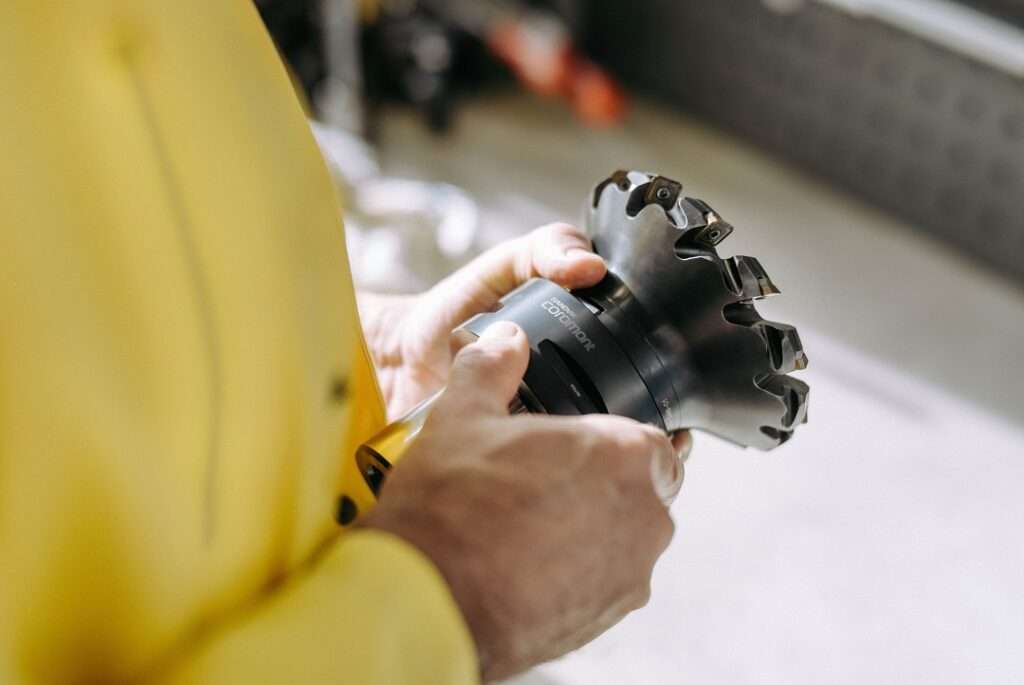Continental, a leader in engine position sensors, has developed a new Rotor Position Sensor for electric motors that uses inductive technology to detect rotor position, resulting in smooth and efficient motor control. The inductive e-motor Rotor Position Sensor (eRPS) is 40% lighter and more compact than existing resolver sensors, making it an attractive option for use with any motor regardless of pole pairs.

Continental has unveiled a new sensor for the electric car market that detects the rotor position in an electric machine, improving efficiency and operation. The inductive e-motor Rotor Position Sensor (eRPS) is 40% lighter and more compact than existing resolver sensors, and is standardized for use with any motor, regardless of pole pairs. The sensor can easily be transferred from one motor to another, making it an attractive option for electric cars. Production is set to begin in late 2025.
“The growth in vehicle electrification translates into more synchronous motors in the car. This ranges from big and powerful ones like traction motors to smaller ones like electric pumps. Our standardized eRPS technology has a wide range of potential applications in electric vehicles,” said Laurent Fabre, head of the Passive Safety and Sensorics Segment at Continental.
The eRPS is designed to improve the efficiency of synchronous motors by detecting precise rotor positions. Unlike resolver sensors, the eRPS is flat and compact, making it ideal for smaller motor designs. It conforms to ISO 26262 functional safety automotive standards and can embed two ICs for redundancy.
The eRPS has a low current consumption of up to 15mA and is highly accurate with an electrical accuracy of ±0.5° for a four-pole pairs motor. It can operate within a wide temperature range, from -40 °C to 140 °C and can withstand temperatures up to 155 °C.

“The signal pattern of the eRPS is much easier to work with than that of a resolver. The measurement principle is very fast, extremely robust and suited for high motor speeds and acceleration,” said Ronan LeRoy, head of the Sensors and Subsystems Product Center in the Passive Safety and Sensorics Segment at Continental.
Continental’s eRPS offers various integration configurations, including mounting through the shaft or integration at the end of the rotor shaft with a sealing function. The sensor features excitation and reception coils with one or two ICs that can detect the electrical angular position of the metallic encoder on the rotor shaft. It provides an output that requires minimal signal processing and is crucial for effective e-machine torque control and to ensure maximum motor service life.
The eRPS is extending Continental’s sensor portfolio specifically designed for electromobility to support both road safety and electrification. It is suitable for use in various types of electric motors, including the traction motor of an electric or hybrid vehicle, as well as smaller motors like electric pumps. Continental plans to begin production of the eRPS in late 2025.







